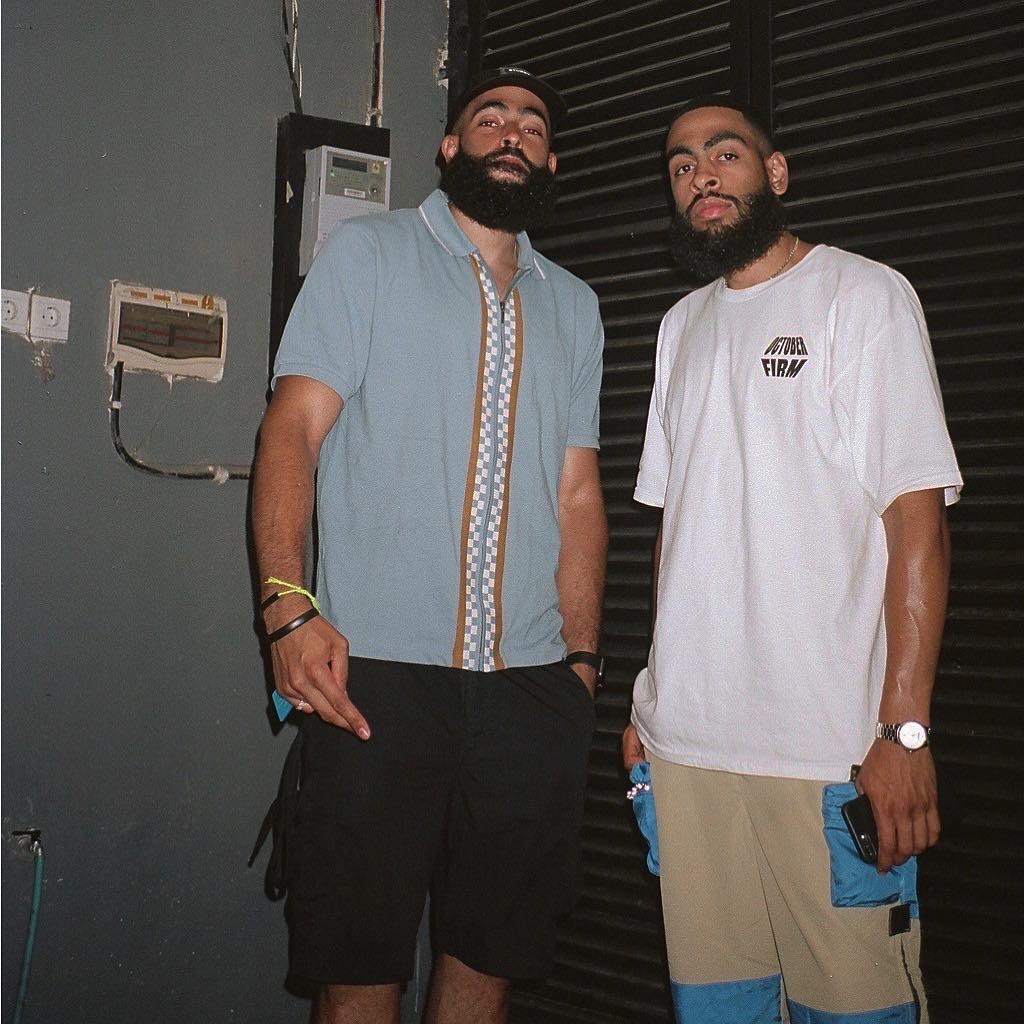
TORONTO — Knowing which ingredients go into making a wildly popular YouTube video is still a mystery to brothers Jae and Trey Richards, even after seven years of producing successful comedy skits.
They’ve done the Harlem Shake, tussled with Drake and cracked jokes about Snapchat messages. And for a long time, they’d churn out those clips as frequently as possible.
But the Toronto co-founders of YouTube channel 4YE Media, formerly 4 Y’all Entertainment, say the sheer pressure of trying to feed the YouTube beast eventually wore them out. They wound up pulling back on the videos they made, and putting quality over quantity for their own sanity’s sake.
“We’d be constantly looking for the newest trend to ride and give us buzz, but after a while it became very discouraging,”‘ said Jae, reflecting on videos that fell short of his own view count expectations.
“That was the biggest problem because we’d have a funny video and I’m ready for it to blow up — and it doesn’t go anywhere.”
It’s a struggle many of the influential YouTubers face as they strive to stay topical, create videos with high production values, and also satisfy their fans, which in the case of 4YE numbers at more than 600,000 subscribers.
“With YouTube now … if you’re not putting up videos it’s like you fell off or you’re forgotten,” added Trey, who with his brother is working on “Judge Tyco,” a web series with Much Studios Creators.
Sometimes even the most loyal YouTube fans seemingly turn on a dime if videos don’t meet their expectations. It’s an experience that superstar Lilly Singh, who has over 14 million subscribers, vented about on Twitter over the summer.
“The YouTube audience is so hard to please nowadays,” she tweeted.
“If I make a topical video then I’m not unique enough and if I make a completely original comedy video then I’m not trendy enough. If I try new things, they miss my old stuff. If I do my old stuff, it’s repetitive. Jeez.”
Comedic actress Awkwafina, who starred in “Crazy Rich Asians,” sympathizes with the struggle of trying to deliver consistently popular videos. Her career started as a YouTube rapper whose biggest clips were “based completely off of happy accidents.”
“How do you recreate something that is organic? Oftentimes you can’t,” says the performer, born Nora Lum, who has 83,000 YouTube subscribers.
“I felt this pressure after my first video went viral. It became less of what the content was, but how do I make a video go viral? I realized that if you lead with that kind of thinking it ruins the entire process.”
Pop singer Alexander Stewart says even when he’s posting what seems like a guaranteed popular cover of a Top 40 song, it’s usually a “hit or miss” whether it connects with millions of viewers.
For every massive success he’s struck (his cover of Camila Cabello’s “Havana” has over 6.2 million views) there’s a few that didn’t reach those stunning heights (Rihanna’s “Love on the Brain” holds a much lesser 81,000 views).
“I’ve had some covers where I’m like, ‘This is the best thing I’ve ever released, this is definitely going to do well’ — and then it does terribly,” the Toronto performer said.
“And then there are some covers I put together in a day thinking I need to get something out to make sure people aren’t losing interest, and it ends up doing better than any other cover I’ve posted.”
Comedian Stewart Reynolds, who rose to fame as Brittlestar on defunct platform Vine, said the binge-watching culture of Netflix has only amplified the expectations put on YouTubers.
“People watch a video and they really enjoy it, but then where’s the next one? Where’s the next video?” the Stratford, Ont., creator said.
“That can be draining on someone who’s coming up with creative concepts. There’s literally a mental toll.”
Reynolds said after making the leap to YouTube around the time Vine folded, he learned about finding a balance that weighs clips that will “pay the bills” against ones that are more personally rewarding.
Lum’s solution as her alter ego Awkwafina followed a similar path of self-fulfillment.
After several fumbled attempts to make another viral hit, she shifted her focus to making videos that weren’t for her audience necessarily, but something that left her satisfied.
Coming to that reckoning wasn’t easy though, she admitted.
“When you’re deep in the game it’s hard. It’s a hustle. It’s a grind. People have to be sensitive to that,” she said.
“When you see heaven and get it taken away, you always wonder how you can get back there.”